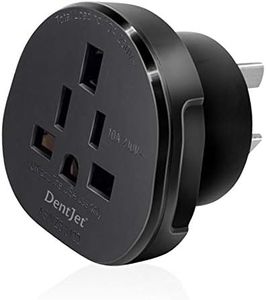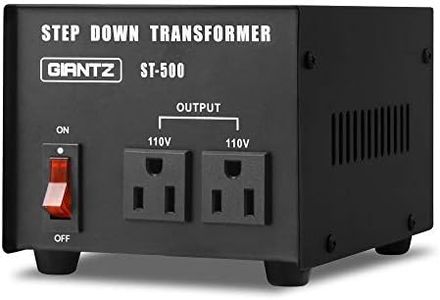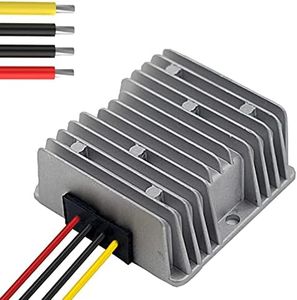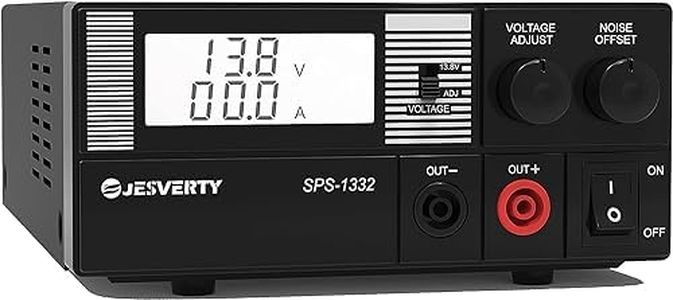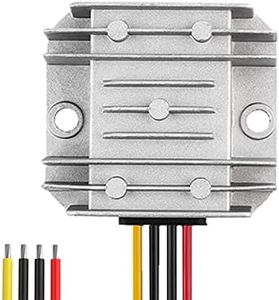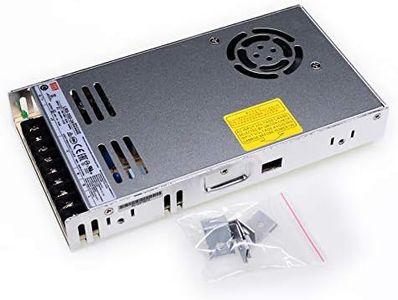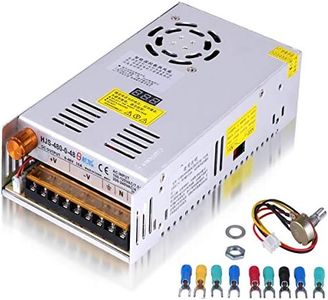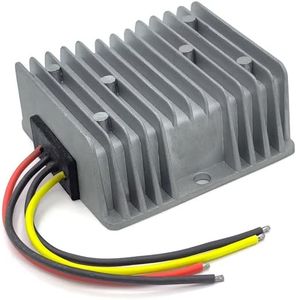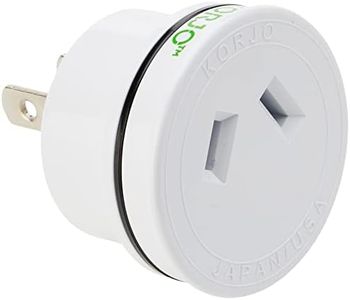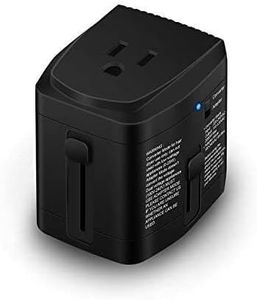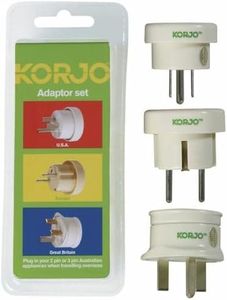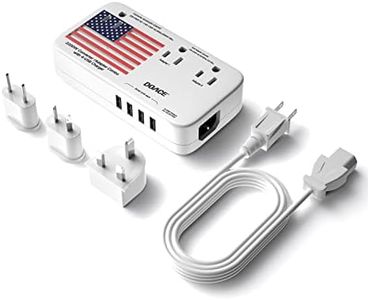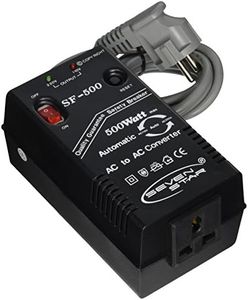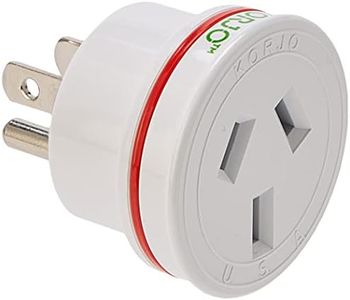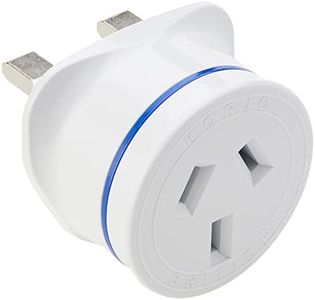We Use CookiesWe use cookies to enhance the security, performance,
functionality and for analytical and promotional activities. By continuing to browse this site you
are agreeing to our privacy policy
10 Best Power Converters
From leading brands and best sellers available on the web.Buying Guide for the Best Power Converters
Choosing the right power converter is all about understanding your needs and where you'll be using the device. Power converters are essential for safely powering your electronics or appliances when the voltage and plug type from the wall outlet differs from what your device requires. Before making a purchase, think about the devices you want to use, the countries or regions you'll be in, and the specific requirements of your gadgets. Pay attention to key technical details to avoid damaging your electronics or ending up with something that doesn't work when you need it most.Voltage Conversion (Input/Output Voltage)Voltage conversion is about matching the voltage from the power source (like a wall socket) to the voltage your device needs. Many countries use either 110-120V or 220-240V in their outlets. Power converters take one voltage and change it to match your device’s requirement. It's important because using the wrong voltage can damage your devices or make them not work at all. When navigating voltage values, check both the input (what the converter can accept) and output (what it delivers). Some converters only step down from 220V to 110V or vice versa, while others handle both directions. Choose the right one based on the regions you’ll be visiting and the type of devices you want to use—look at your device’s label or charger to determine which voltage is needed.
Power Capacity (Wattage)Power capacity is measured in watts (W) and indicates how much electrical power the converter can handle safely. This is important because every device you plug in draws a certain amount of power. If your device needs more power than the converter can provide, it could cause overheating or even break the converter. Power capacity values can be divided into low (up to 50W, good for smartphones and small electronics), medium (50–200W, suitable for items like laptops or small appliances), and high (over 200W, for things like hair dryers or travel kettles). To pick the right one, add up the wattage requirements of the devices you plan to use at the same time and choose a converter with a higher wattage rating than that total.
Type of Devices SupportedSome converters are only meant for simple electronic devices, while others can handle complex ones like those with heating elements or motors. This matters because certain devices—like laptops—can be sensitive to the quality of the electricity they receive, and some converters might not be compatible. Usually, converters are divided into ones suitable for electronic devices (phones, chargers, and laptops) and others that can handle appliances with heating/moving parts (hair dryers, irons). Double-check the converter label or manual to ensure your intended devices are supported, and choose one based on the gadgets you need most often.
Plug Adapter FunctionalityPlug adapter functionality refers to whether the power converter also has adapters for different plug shapes. This is important because many regions use unique outlet designs, and your device’s plug might not fit. Some converters come with multiple plug attachments or have built-in universal adapters, while others only work with specific types. Assess the countries or regions you'll travel to and choose a converter that includes the needed plug types to avoid surprises abroad.
Size and PortabilitySize and portability matter if you plan to travel with your converter. Some units are compact and lightweight, designed for easy packing, while others can be larger and heavier, especially those with higher power capacities. If you need a converter for an overseas trip or to move between places, look for slim, travel-friendly designs. For more permanent or stationary use, size might be less of an issue. Match the size of the converter to how and where you plan to use it most.
Safety FeaturesSafety features include things like surge protection, overload protection, temperature control, and fuse protection. These protect both your converter and your devices from electrical damage, overheating, or fire risks. Converters can vary from basic (minimal safety features) to advanced (multiple layers of protection). Think about the value and sensitivity of your electronics, and choose a converter with appropriate safety measures—especially if you'll be using it for extended periods or with expensive gadgets.
